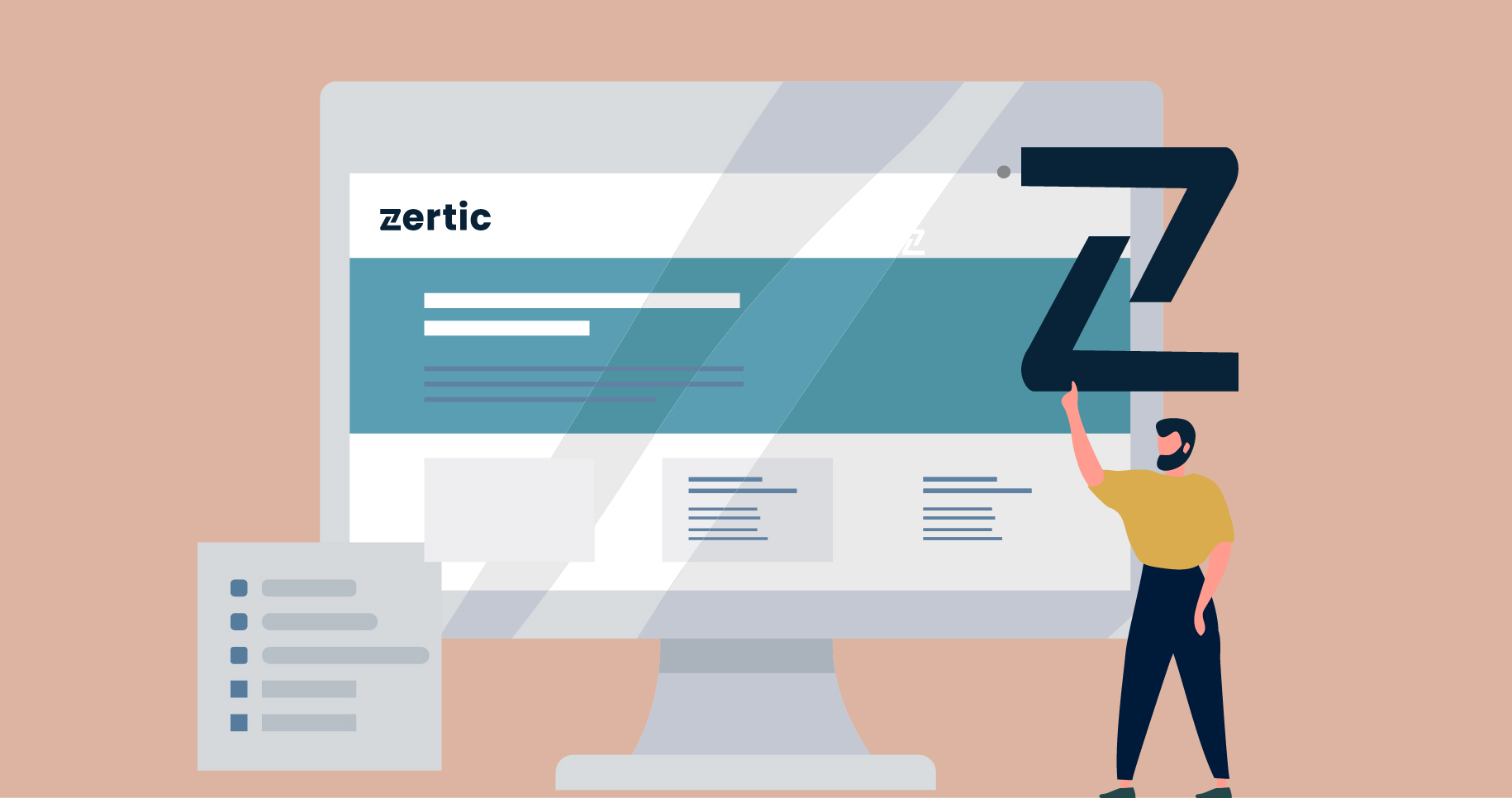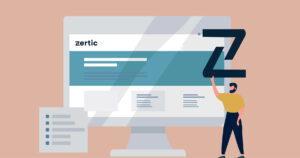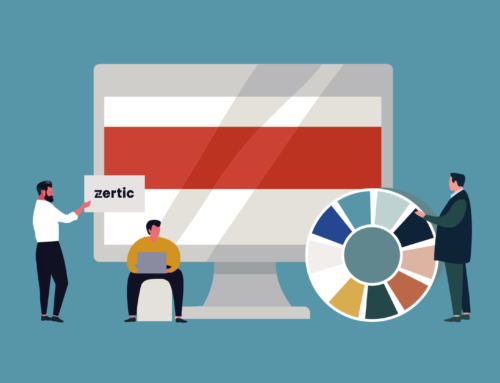
Key software innovations in certification
Organisations struggle with the digitalization of the TIC industry. In this blog, you find which 3 software innovations others use to utilize these changes.
Read more below ->
Key software innovations in certification
Much changed in the Certification industry. Organisation struggle with the digitalization of the TIC industry. In this blog, you find which 3 software innovations others use to utilize these changes. Use them to your advantage, or just to get a broader scope of the industry as a whole.
How to use software innovations in your certifications

A new era of evidence collecting has started. Because of increasing transparency demands, Standards Organisations want more information about the bases of a certificate. Sharing information with Standards Organisations in itself is nothing new, however, sharing evidence on a “control point” level is. Control Point data (CP) is broader and more detailed information about an audit. Standards Organisations wish to increase their transparency by providing this data in online databases.
Besides the transparency increasing, the use of online databases also reduces the risks for counterfeit certificates. The verification of a certificate is simply done on the Standards Organisation’s website. Our forecast is that many, if not all, Standards Organisations will publish online databases.
It is up to the Certification Body to provide the CP data in its correct form. As this will become common practice, Standards Organisations now offer subscription-based services to their members. These services offer a way for the Certification Body to surpass the time-consuming task of uploading all the data manually. The so-called Assessment Portals seem convenient, yet the problem comes when a Certification Body is accredited by multiple Standards Organisations. More accreditations mean more, different, Assessment Portals. It is our belief that this will quickly create an unmanageable landscape for Certification Bodies and their clients.
We hold this belief for one simple reason. No two Standards Organisations are alike, neither will their Assessment Portals. Since the Assessment Portals will be different, the data flow towards the Assessment Portals will not be the same either. This will put a strain on the internal and external data flow of the Certification Body. For this reason, certain TIC software applications have built-in plugins which automatically communicate all data to the Standards Organisations online databases.
Remote Auditing
Performing onsite visits during the COVID 19 outburst have proven to be difficult. For that reason, TIC bodies decided to conduct remote audits. A remote audit uses video conferencing for it’s data collection. Collecting the right information and evidence using online video conferencing was a big challenge. We have seen organisations struggle with their data collection sheets. Certain organisations came up with creative ways to collect their data: some shared screenshots, self-assessment forms or other inventive data collections methods.
This brought the creation of the IAF MD 4:2018 document. This document explains all the guidelines when conducting a remote audit. Systems, persons and products all lend themselves for remote auditing. Yet management System Audits such as ISO 9001 and ISO 14000 are one of the first to use the remote auditing option.
A remote audit has the same preparation as a physical audit. Before the audit starts, the auditor creates an audit-program in which the auditor states what points are to be inspected. The auditor states whether the audit is physical, remote, or even partly physical and partly remote in this audit-program. The difference comes after the audit plan. From that point on clients will be involved in providing self-assessment data and evidence. It requires a different skillset to audit self-assessment and evidence provided by the auditee.
Software vendors are adjusting their solution to provide client self-assessment portals, data collection files and audit review facilities. That way the skill sets of the auditor will be supported by the software. The main goal is to build a traceable audit file based on the proper findings and evidence, and software is a great way to assist in that goal.
Important notes for remote auditing: Read the IAF MD 4:2018 document for all the nuanced rules and requirements before conducting a remote audit.
TIC software

We integrated software into our businesses many years ago. Most Standards Organisations and TIC bodies have their preferred programs, yet we see much difference in the usability of certain types of software. Therefore we created a compact list of the 3 types of TIC software, their benefits and their usabilities.
Generally speaking, there are 3 types of TIC software:
-
Point solutions
-
Bespoke solutions
-
End-to-end TIC solution
A point solution is a disconnected application which performs a single task for a Standards Organisations or TIC Body. An example of this is a form builder. This type of application creates an online assessment, yet it doesn’t offer the integration of non-conformities, doesn’t take into account the previous audit results and doesn’t integrate with the audit sequence. Point solutions are a step forward, but not the final solution.
Bespoke solutions are generally created by bigger TIC bodies who have time and resources to produce their own software. One would argue that this option is best for an organization since it has the perfect fit for specific problems. Yet the time, knowledge and resources these solutions occupy are staggering. Most TIC Bodies that start creating such solutions find themselves in a constant race against innovations. By the time that you are ready for implementation, the world will be miles ahead.
This is what drove the creation of an end-to-end TIC solution. Now that the market is well known, there are individual companies that provide TIC software. This way a certification body can buy a tailored solution off-the-shelf. Due to the economics of scale, these solutions have a lower total cost of ownership than the point solution or the bespoke solutions, while still providing all the benefits. Read more about our solutions here.




